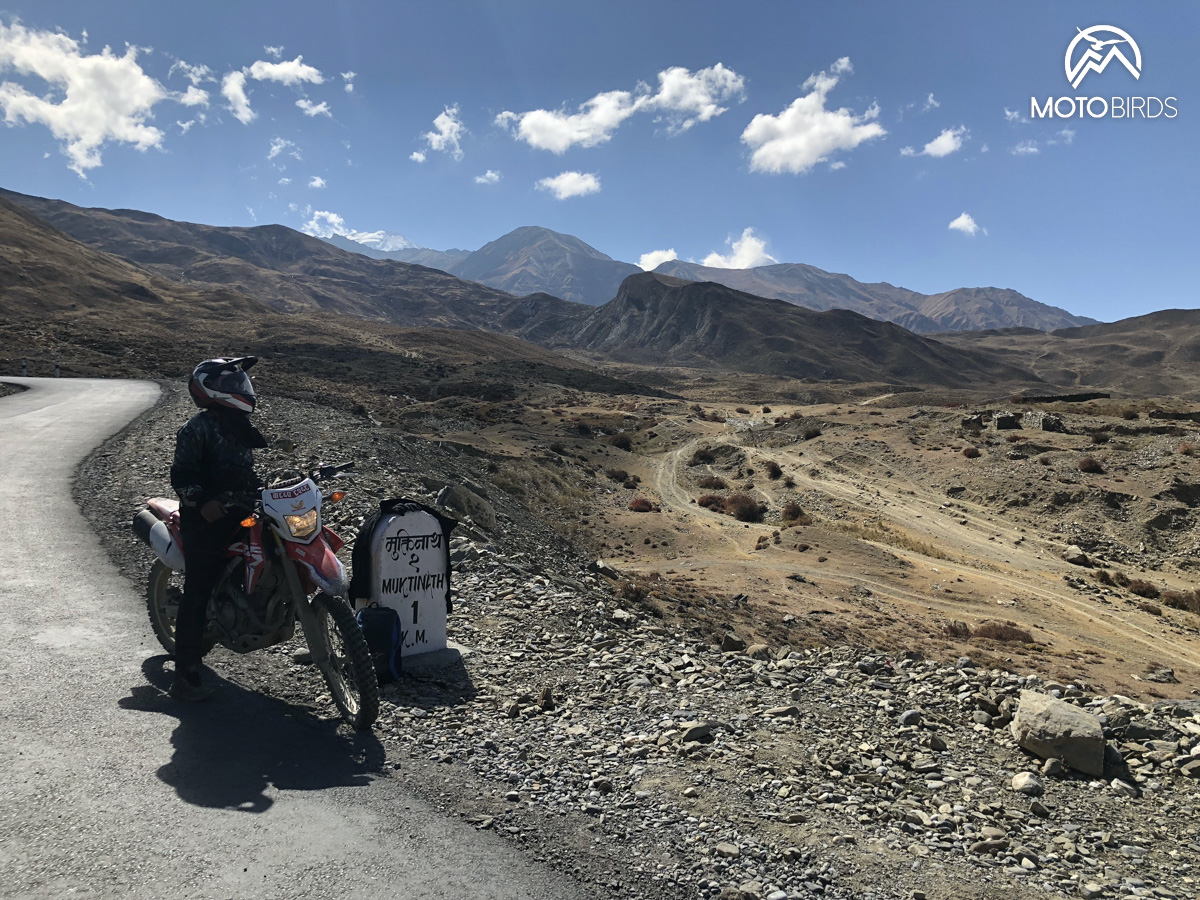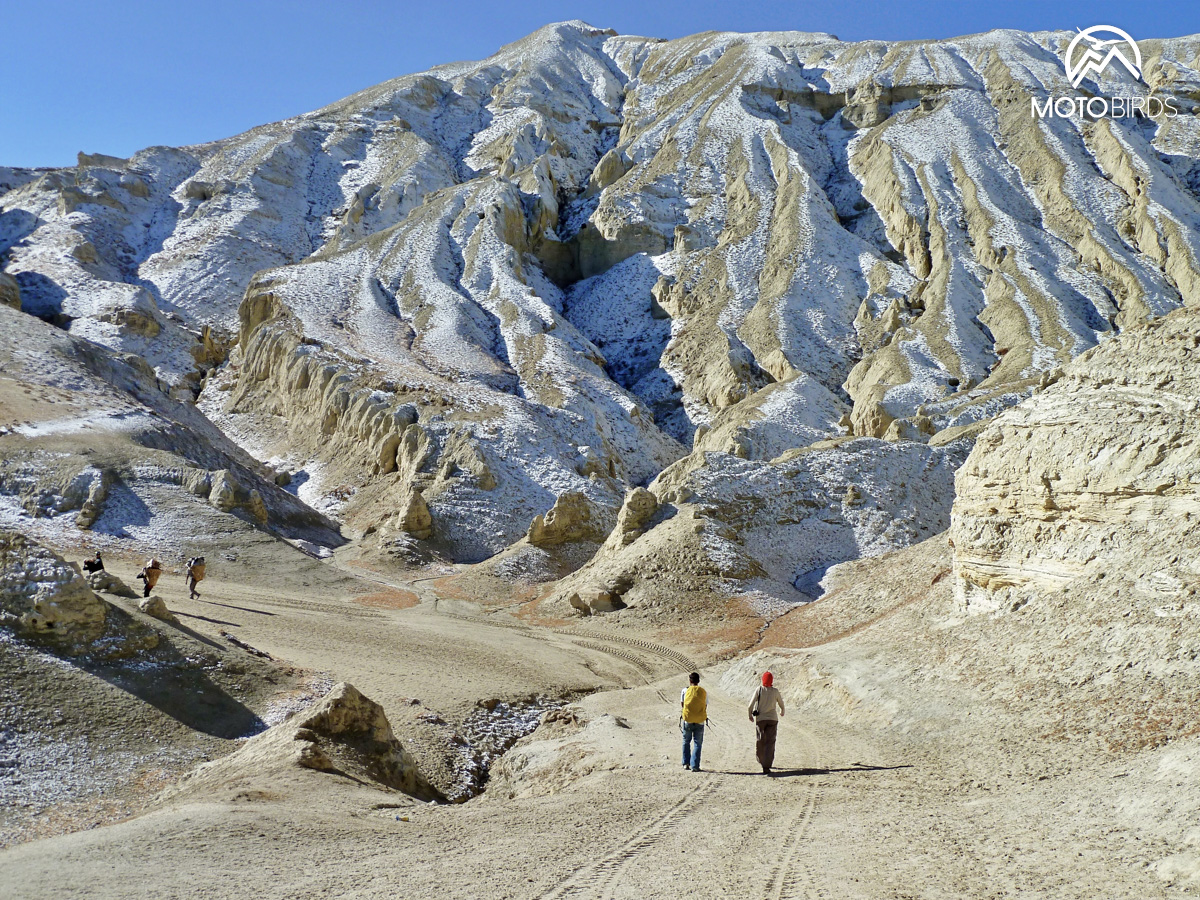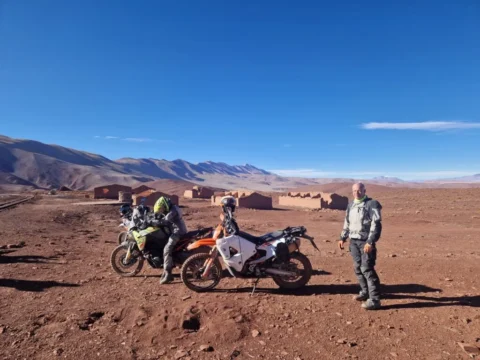The Forbidden Kingdom of Mustang – a place beyond the tourist guides
The Forbidden Kingdom of Mustang has been igniting the imagination of travelers for centuries. It was closed to tourists until 1991. It is only thereafter that Upper Mustang allowed tourism. Despite the change in regulations which goes back over 20 years, this place is still known as the Forbidden Kingdom of Mustang in the minds of us Westerners. Currently, it is one of the last places on Earth where time has almost stopped. The rich culture of Tibetan Buddhism survived in Mustang while it was being destroyed in Tibet. However, it is difficult to assess how long local traditions and religion will be preserved. The influx of tourists brings changes, and modern civilization affects the way of life. This centuries-forgotten world is inevitably changing. Today MotoBirds will take you on a journey to this wonderful world while it still exists. Let’s start with the article. Who knows, maybe tomorrow you’ll want to meet us on the road?


Newsletter subscribers get more!
Join MotoBirds Soaring Newsletter and don't miss any important content, gear tests, travel inspirations and newest offers in the future! We'll also let you know about fresh publications on our blog.
The Kingdom of Mustang, or part of Tibet in Nepal
Reach for your maps now: Located in Nepal’s Dhaulagiri province, Mustang is a place shrouded in mystique and steeped in the rich culture of Tibetan Buddhism. For centuries, the world was not interested in Mustang, and Mustang kept to itself. The Locals considered the inventions of the West or East superfluous, and the presence of foreigners completely unnecessary. Both Tibet and Nepal were very reluctant to allow foreigners into their country until the mid-20th century. The Kingdom of Mustang was originally part of Tibet, but it’s been under Nepal’s control since the 18th century. And unlike in Tibet, which is under Chinese control with forced assimilation programs, the inhabitants here have so far been able to preserve their Tibetan traditions and way of life. We wrote more about the rich and colorful world lying at the foot of the Himalayas in the article Himalayas are mountains full of secrets, it’s really worth a read!
Going to Nepal is still like opening a time capsule and traveling back to a forgotten era. But better not wait too long: the influx of tourists is accelerating. This change is driven by a massive Chinese expansion program in the region. Pretty soon, most roads will be paved, more hotels and fast food chains will appear – the magic will evaporate.
Who knows how long Mustang will remain untouched by modern civilization?
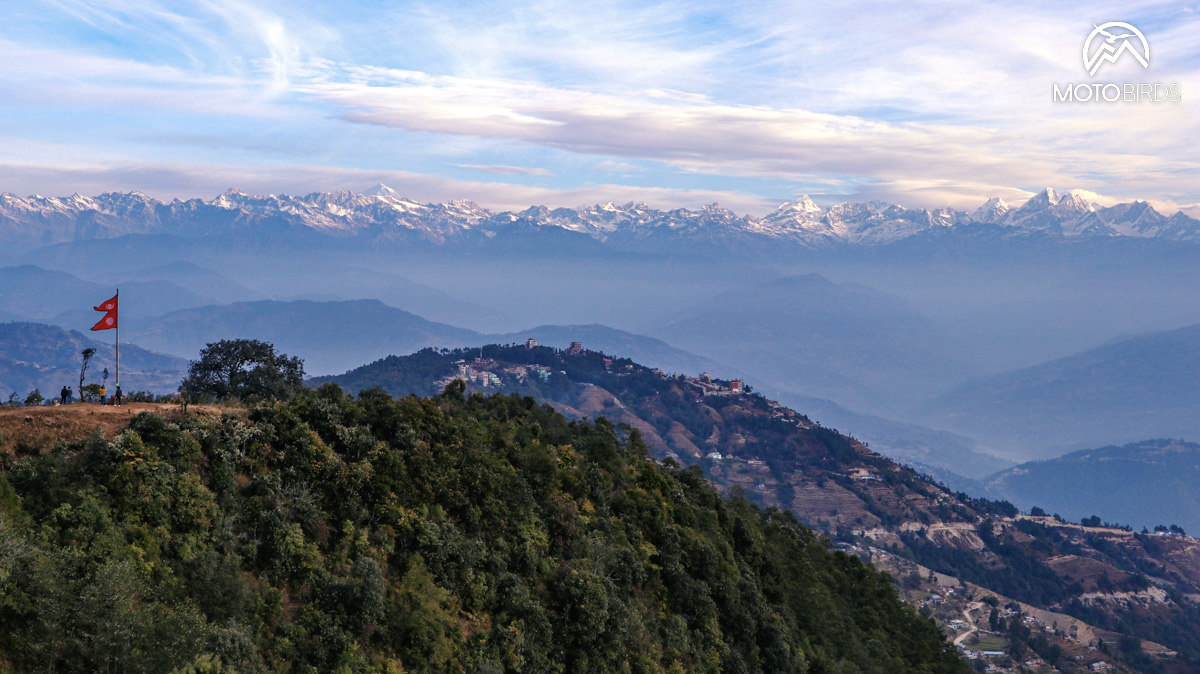
Beyond the guidebooks
MotoBirds is here to take you on a journey to this incredible world while it still exists. And trust us, you won’t find this stuff in your guidebook.
Who knows, you might just discover something that will change your life forever. Or at the very least you’ll for sure get a killer Instagram post.
20th century – Mustang Kingdom opens to the world
There are plenty of legends around about travelers smuggling their way into Nepal before the 20th century. Most likely, the first Western explorer who managed to get there was a Swiss geologist Toni Hagen. We owe him the first description of Mustang’s capital and royal palace. He went there in 1950! In the late 1950s and early 1960s, as a result of events in Tibet, Mustang was completely closed off. Even merchant caravans were banned from traveling through the area, in the process preventing the local population from barter trade.
Foreigners were allowed to visit northern Mustang only in 1991. In 1992, the Nepalese government finally bowed to pressure from international tourism agencies – and were under pressure to reopen trade. The forbidden and unknown Mustang was too tempting to be left alone: The time-stopped medieval world started to attract adventurous tourists.
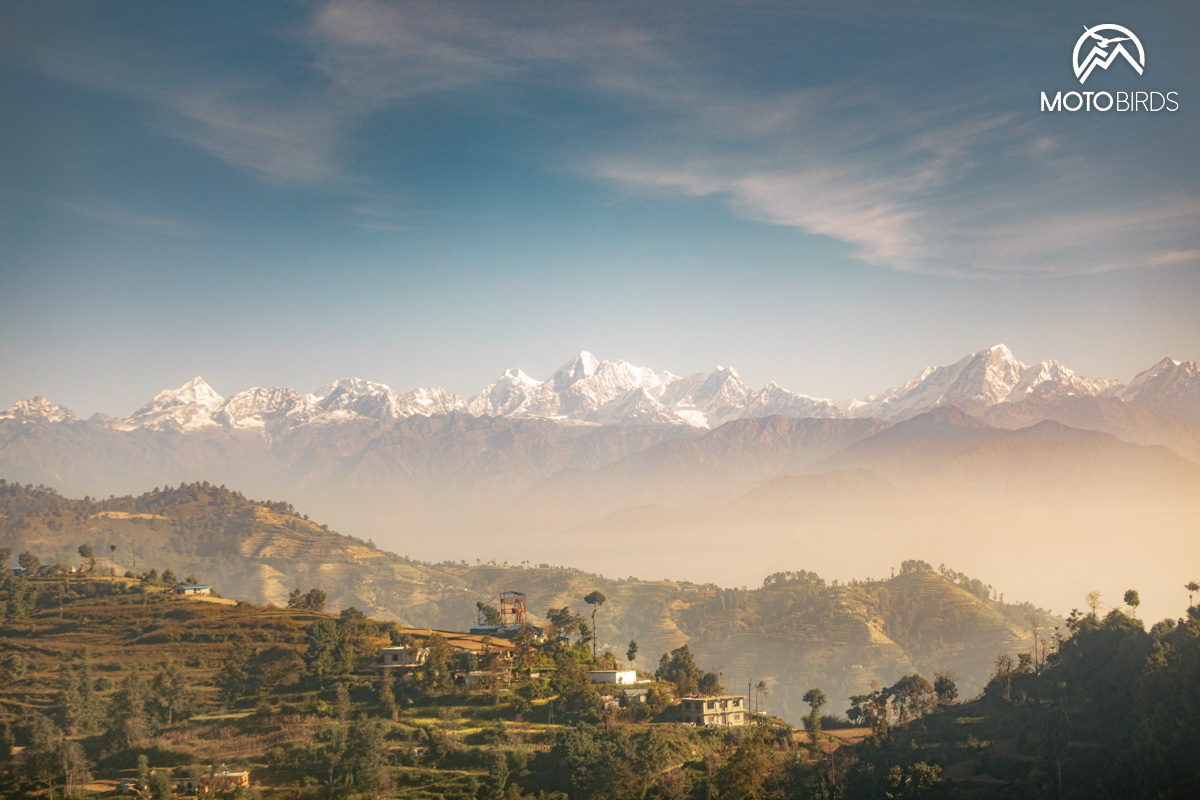
For the first 10 years, tourists visiting the Buddhist Kingdom of Mustang were not allowed to use the services of local people. Mustang made no money thanks to the opening of the borders. Those wandering the medieval paths that used to lead merchants and pilgrims, carried their camping gears themselves. The ban was lifted eventually, but visitor limits (now lifted) were maintained: A maximum of 1,000 outsiders could visit Mustang annually – and stay for up to 12 days. The entry visa used to cost $500. For a while, this helped Mustang maintain its uniqueness in a rapidly changing world. At the beginning of the 21st century, the inhabitants were still living as they had centuries ago, cherishing ancient traditions and celebrating ancient rites.
Lobos – the inhabitants of Mustang
For centuries, the Kingdom of Mustang has been inhabited mainly by the Lobos. Although the pace of life here is changing brutally fast, the mentality of the local population is to some extent still detached from civilization’s problems. Perhaps this is due to religion, which places worldly matters far down the list of priorities. However, the harsh climate, difficult conditions and backwardness are increasingly clashing with the encroaching modernity in Mustang. At the beginning of the 20th century, nearly 90% of Mustang’s population could not read and write, or did so only to a rudimentary extent. Now there is electricity in parts of the province, and with it came television, the Internet and smartphones. The Lobos, who for centuries had lived according to the rhythms of nature, are now being bulldozed into modernity at a pace they are not all ready for.
The closure of the Kingdom of Mustang in the mid-20th century caused trade to die. Previously, the Lobos relied on barter with itinerant merchants. Their economic situation worsened dramatically following the border closure. The reopening of the borders was therefore also a savior for them.
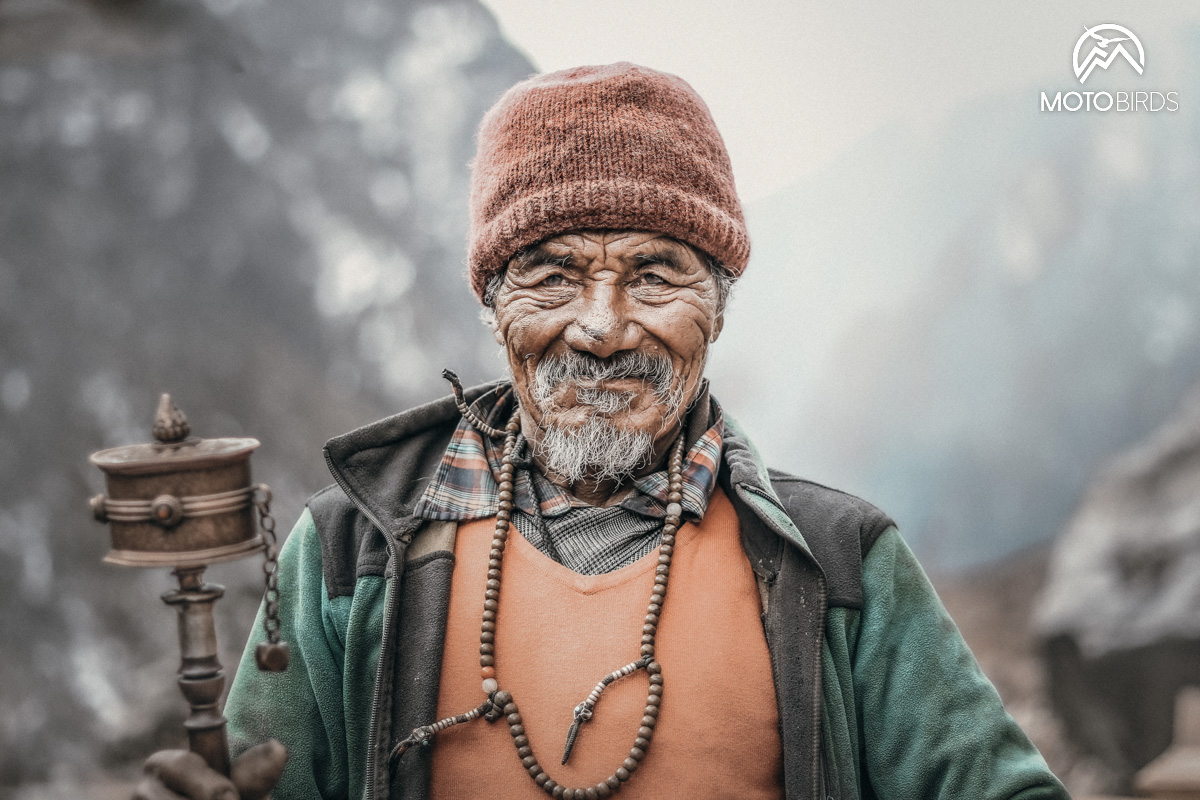
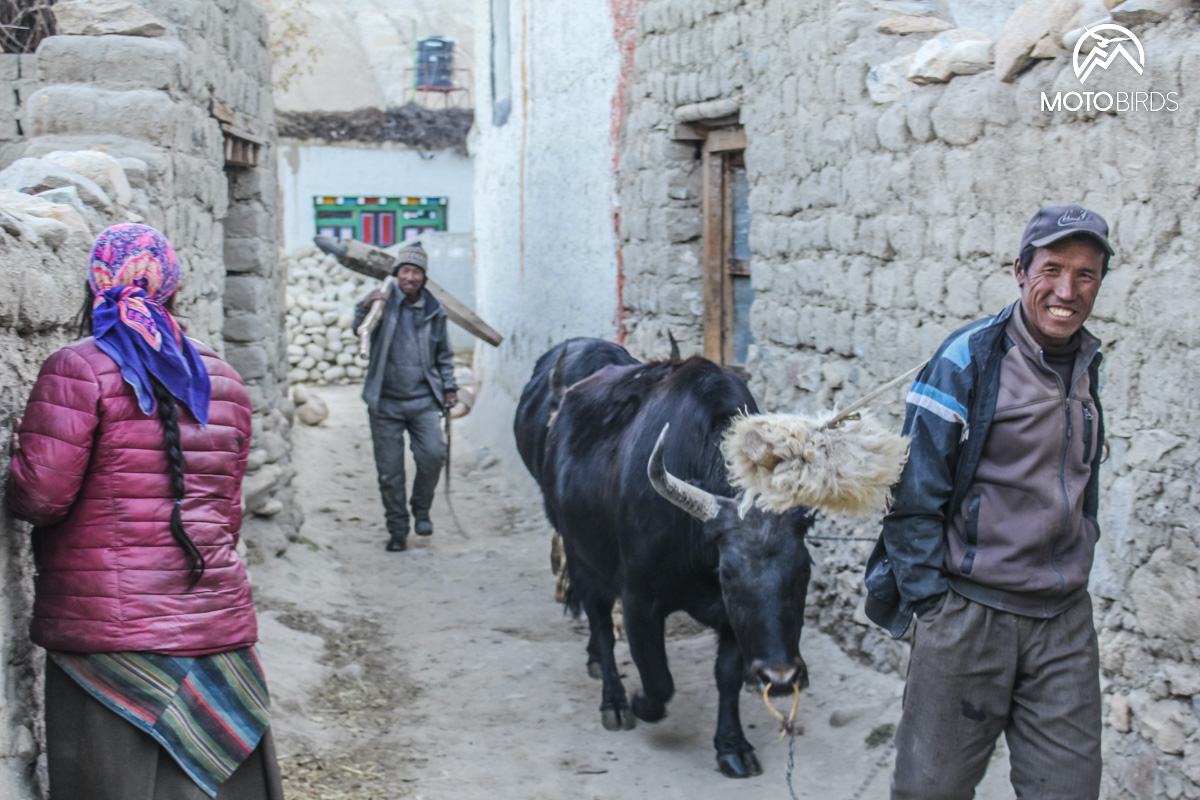
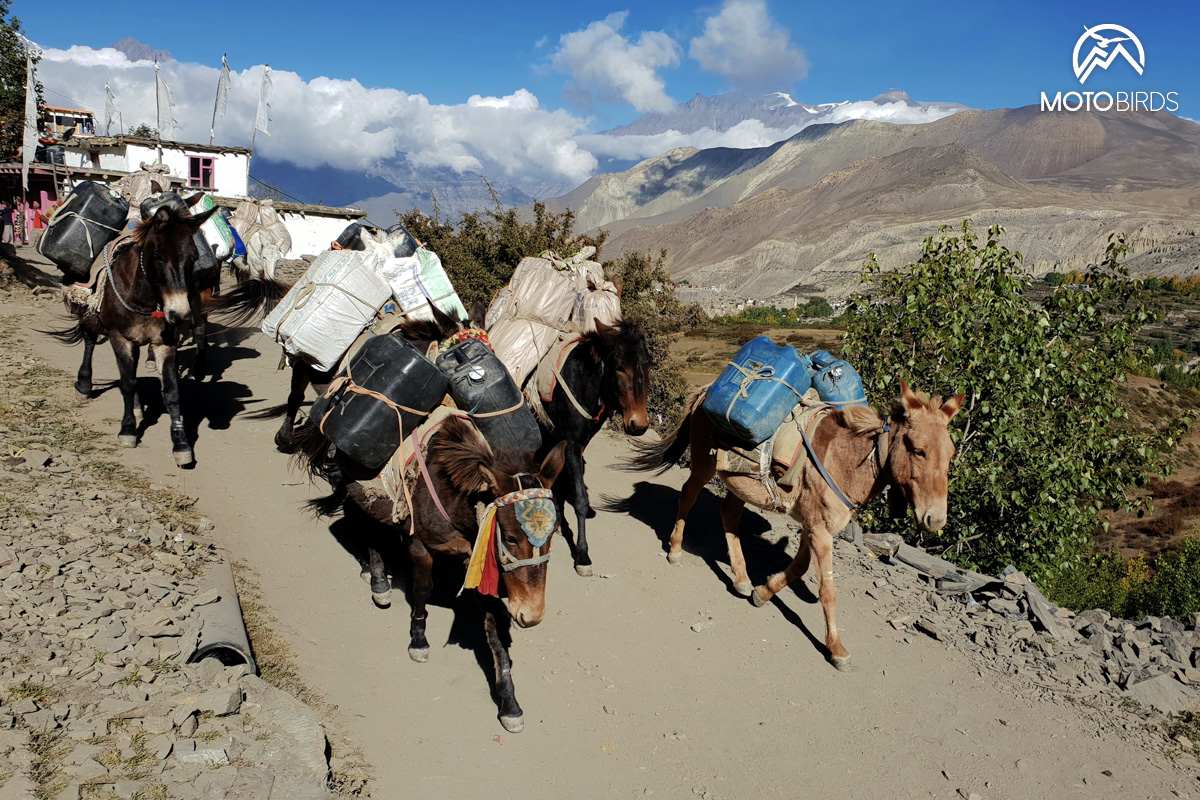
Unfortunately, it also brought a painful clash between the past and the modern pace of life. People who had lived in the mud houses built by their ancestors 600 years ago suddenly were confronted with a different world on television. They started to dream of more convenience. At the same time the geopolitical reality reinforced the presence of the Chinese. They imported massive infrastructure projects fueled by debt. The country is now struggling to get by with basic imports. Taxes and inflation have also increased enormously, and non essential items have been banned or are rationed for import.
In the Kingdom of Mustang, even the house is part of the tradition
In Mustang, the Buddhist concept of the three levels of the universe is reflected even in architecture. For centuries, storied houses were built, dividing the space into three levels. The first floor as the lowest level was meant for lower beings. In some houses to this day people keep cattle and horses in this part of the house. The middle level of the house is the Earth level intended for people. On the Mountain the space is reserved for deities. As a rule, in the highest part of the house there are home temples.
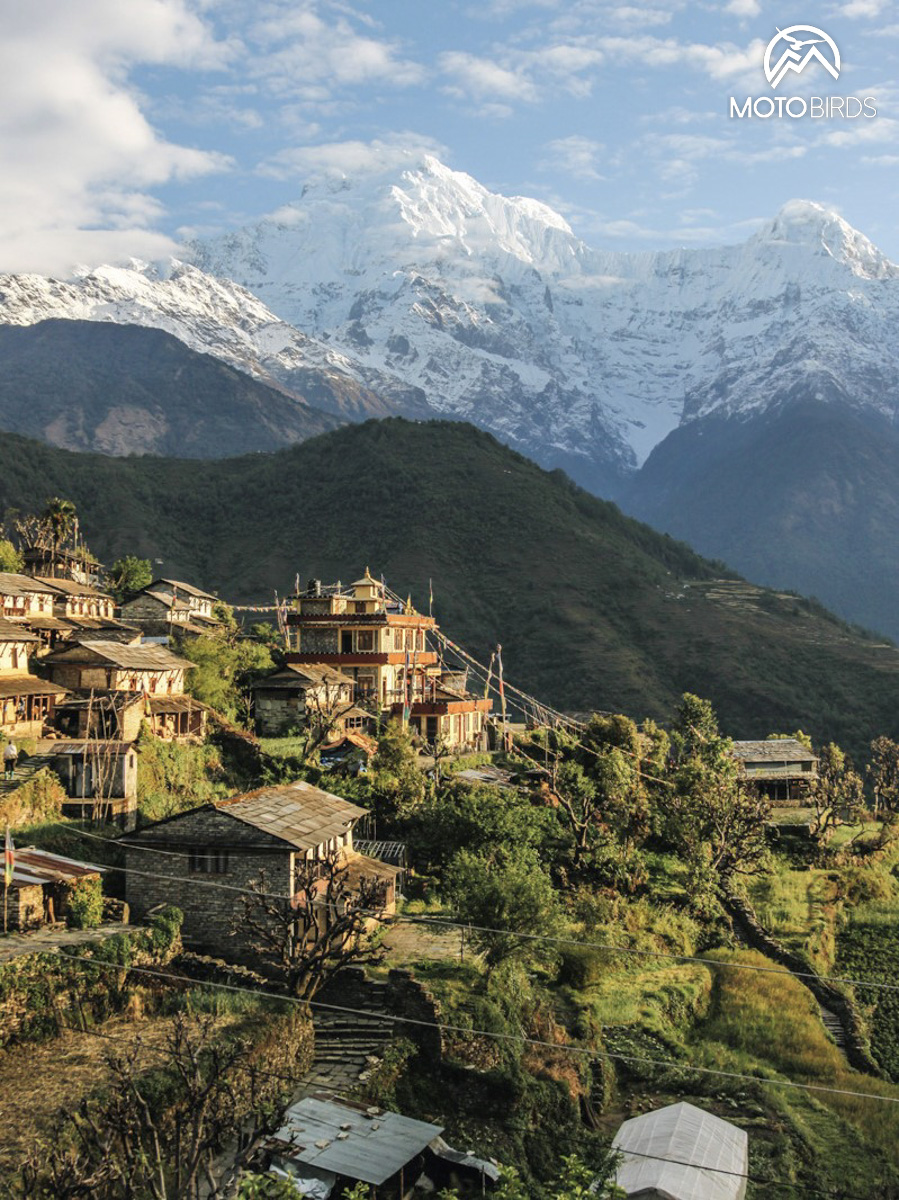
In addition to the religious, this division also has a practical dimension. In the harsh and windy Mustang, the temperature drops below 30℃ in winter. Wood is a luxury, so it is not used to burn in the fireplace. First, electricity reached villages along the main routes. In winter, however, there are times when electricity is largely cut off. While many solar panels have appeared in the last decade, they are available only to the wealthiest. Moreover, they accumulate too little energy to heat homes. The heat of animals kept on the ground level, helps the people living above keep a little warmer.
For centuries, the top floor, the prayer area, was accessed only with a ladder. You’d think a staircase would be more practical. However it somehow did not catch up till recently. In the domestic temples, one can still find old statues of deities, butter lamps, medieval paintings and elongated richly decorated prayer books. Everything that can be found in monasteries used for religious rituals can also be found in private homes. Lobos have been using the same offering bowls for centuries, bowing before the same divine image and burning the same incense and herbs, generation after generation.
Buddhist Kingdom of Mustang
In the areas of the Kingdom of Mustang, Buddhism met the older Bon religion from the beginning. Each of these religions had their own great Masters. These, traveling the inaccessible Himalayan trails, carried with them the mission of enlightening the faithful. It was thanks to them that new monasteries were established, and the old tradition merged with the new. Over time, Bon became so close to Tibetan Buddhism that the differences between the religions were almost obliterated. Only the questions of where the two religions originated and the founders remained contentious. This, however, did not stop the process of religious assimilation and coexistence.
The oldest Buddhist temple in Mustang dates back to the 8th century. In the heart of the boundless and mighty mountains, many magnificent places have been built, where monks guard religion and culture. Upper Mustang is also home to one of the highest temples in the world. Muktinath is a sacred place for both Hindus and Buddhists. Moreover, the Lobas consider the area they inhabit a sacred place. Everything here is subject to an endless cycle of death and rebirth. The distances that the local people have traveled for centuries, mostly on foot, enforced a certain rhythm. One had the chance to slow down and be alone with one’s thoughts.

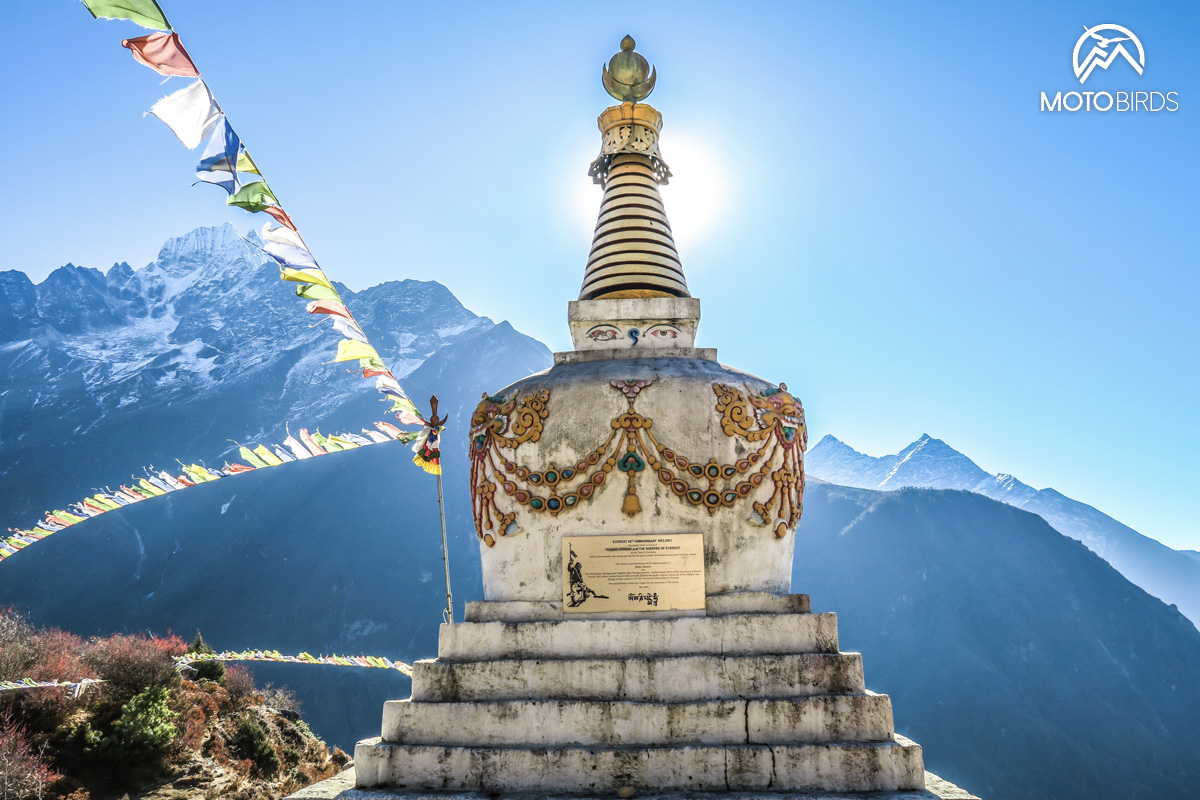
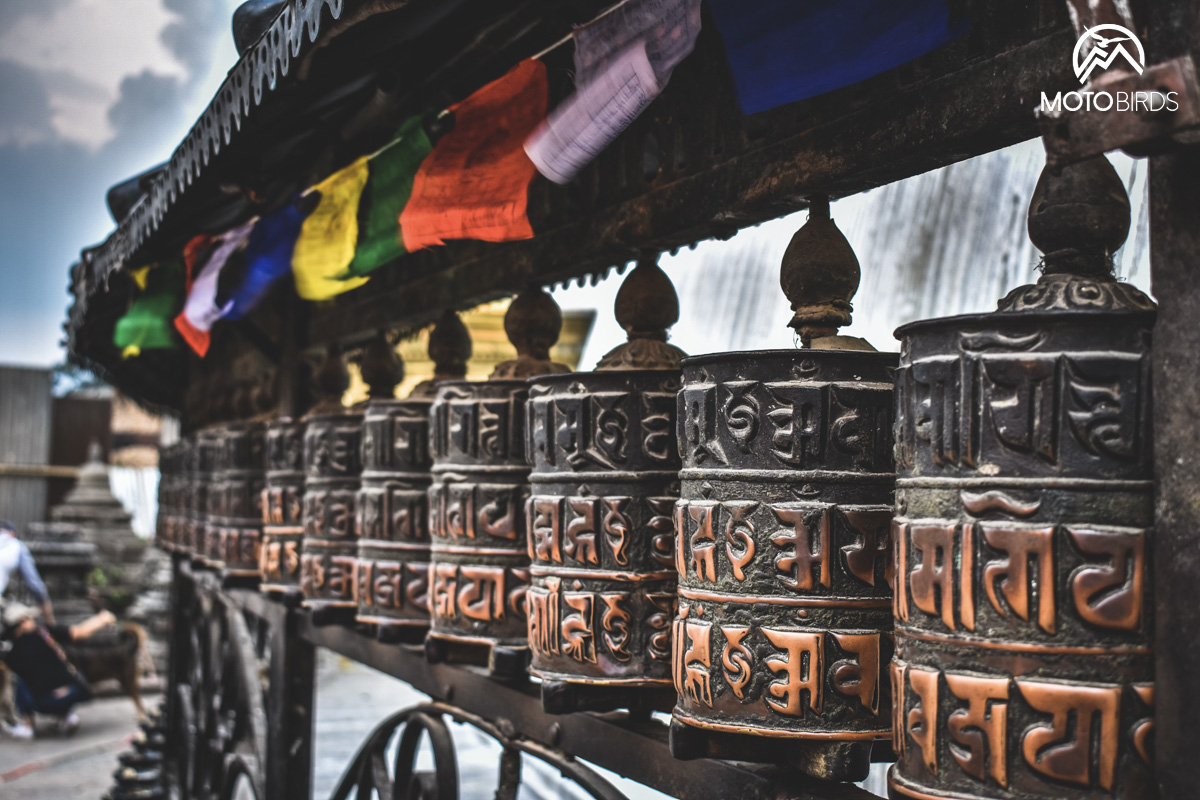
In Mustang, Chortens still stand in front of villages. They contain relics and symbolize the presence of the Buddha; they have protected residents from evil spirits for centuries. Prayer flags hang on the passes, though often faded by the sun, carrying the intentions entrusted to them. Against the backdrop of gray cliffs, the monasteries stand out in brick-red color. Along their walls stretch prayer mills waiting for some hand to set them in motion.
Himalayas guard the secrets of the Mustang Kingdom
Traveling these mountains on a motorcycle takes the experience to a different level. Instead of seeing the things, you are in fact within them. This allows us to mix emotions, scents, landscapes, discoveries with just the right rush of adrenaline.
Sure, you may have seen mountains in documentaries before, but don’t be fooled – each region offers a unique experience. And if you’re looking for something truly extraordinary, make your way to Upper Mustang.
Located on the side of the Himalayas untouched by monsoons, Upper Mustang boasts a breathtaking high mountain desert. The rocks here have been sculpted by the sun and wind into a rainbow of colors. Imagine a vast, boundless expanse stretching out before you – this is the kind of landscape that can make you lose yourself completely.
As you journey through this region, you’ll feel your thoughts start to slow down. It’s an experience you simply can’t replicate in other overcrowded tourist destinations.
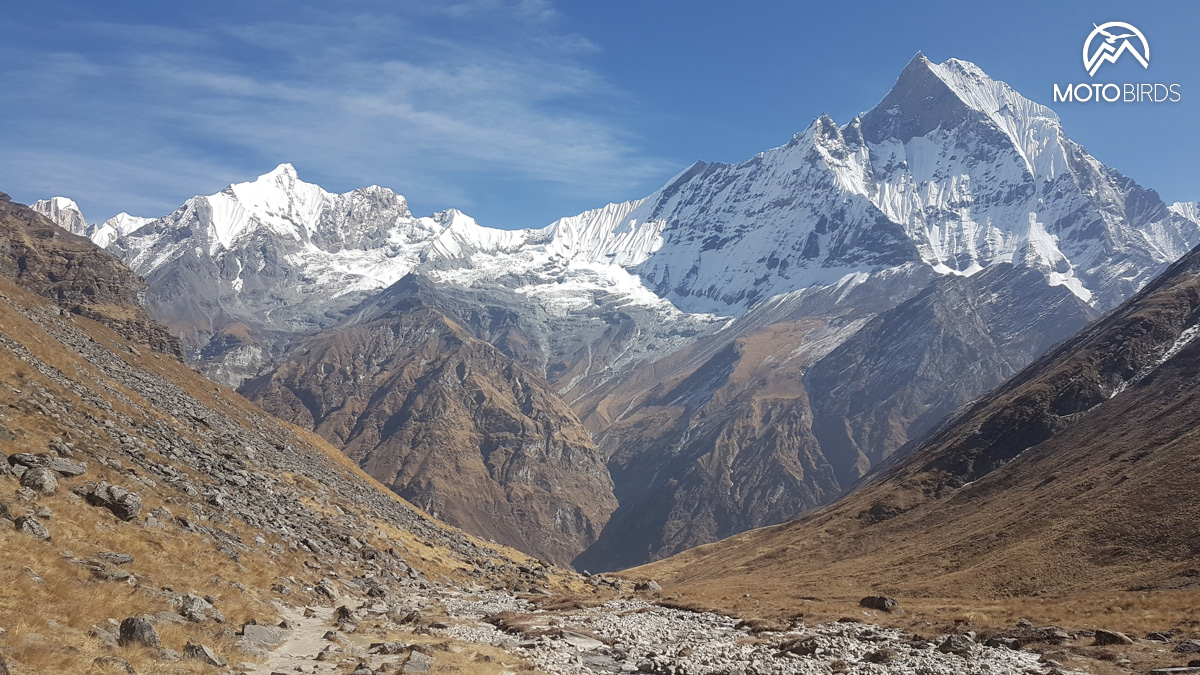
Guarding this rugged kingdom are the two eight-thousand-meter peaks of Dhaulagiri (8267 meters above sea level) and Annapurna (8091 meters above sea level). The snow-capped peaks contrast with the colors of the rocks below. According to legend, the rocks owe their color to the blood of a powerful demon, killed by a hero endowed with exceptional powers. After a long and heroic battle, the remains of the demon fell to Earth. This fall formed sharp ridges, and the earth turned red. We’ll never know if this is true but we don’t’’ mind the breathtaking views!
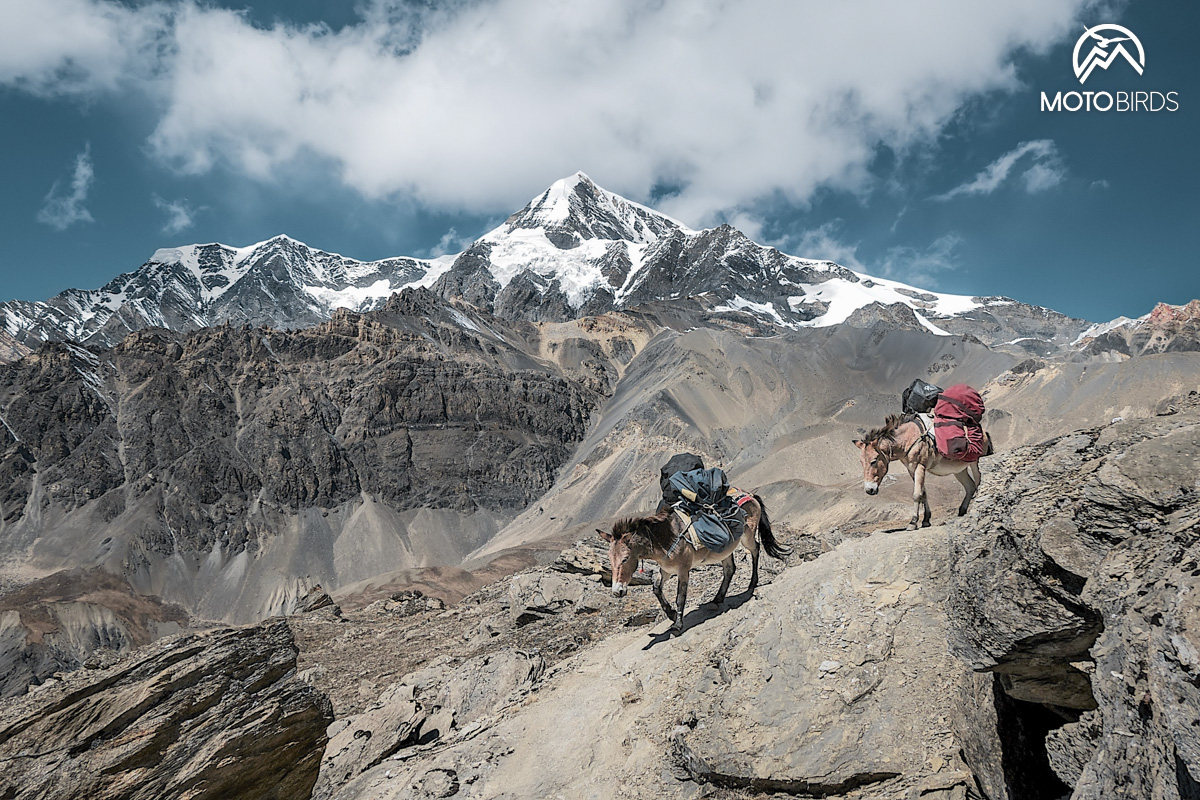
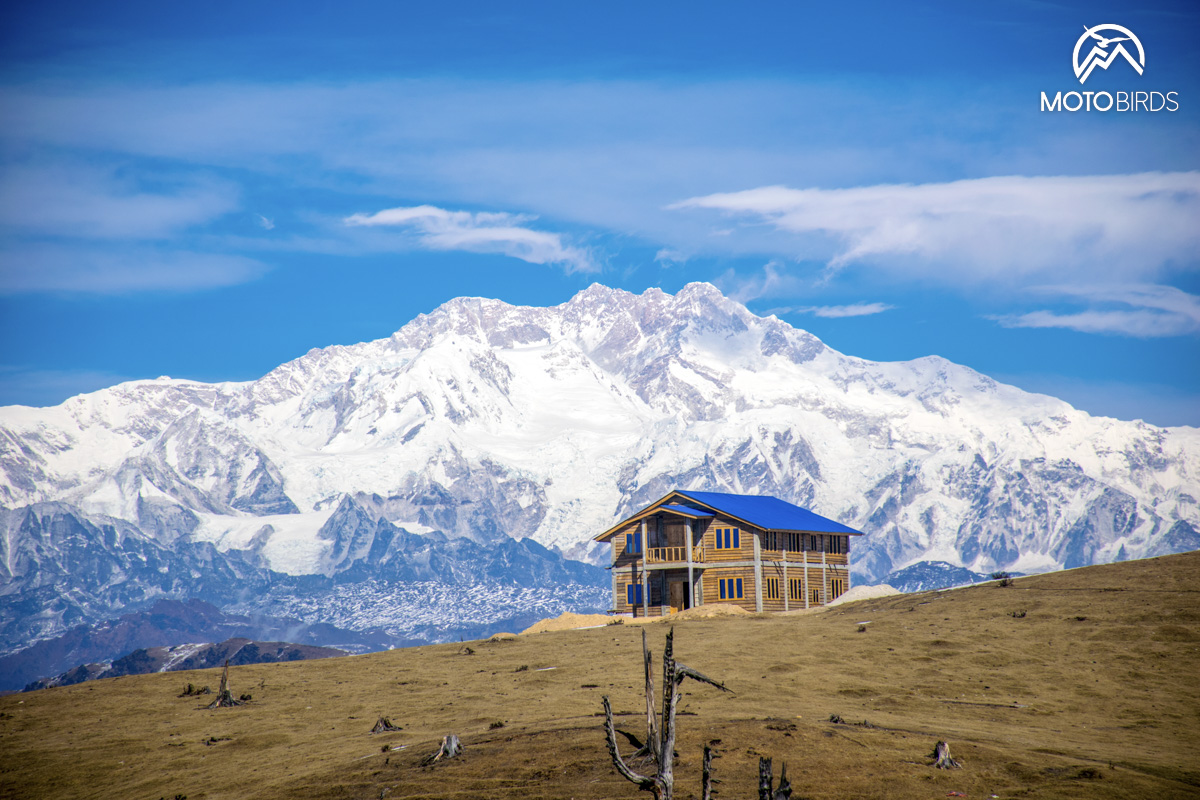
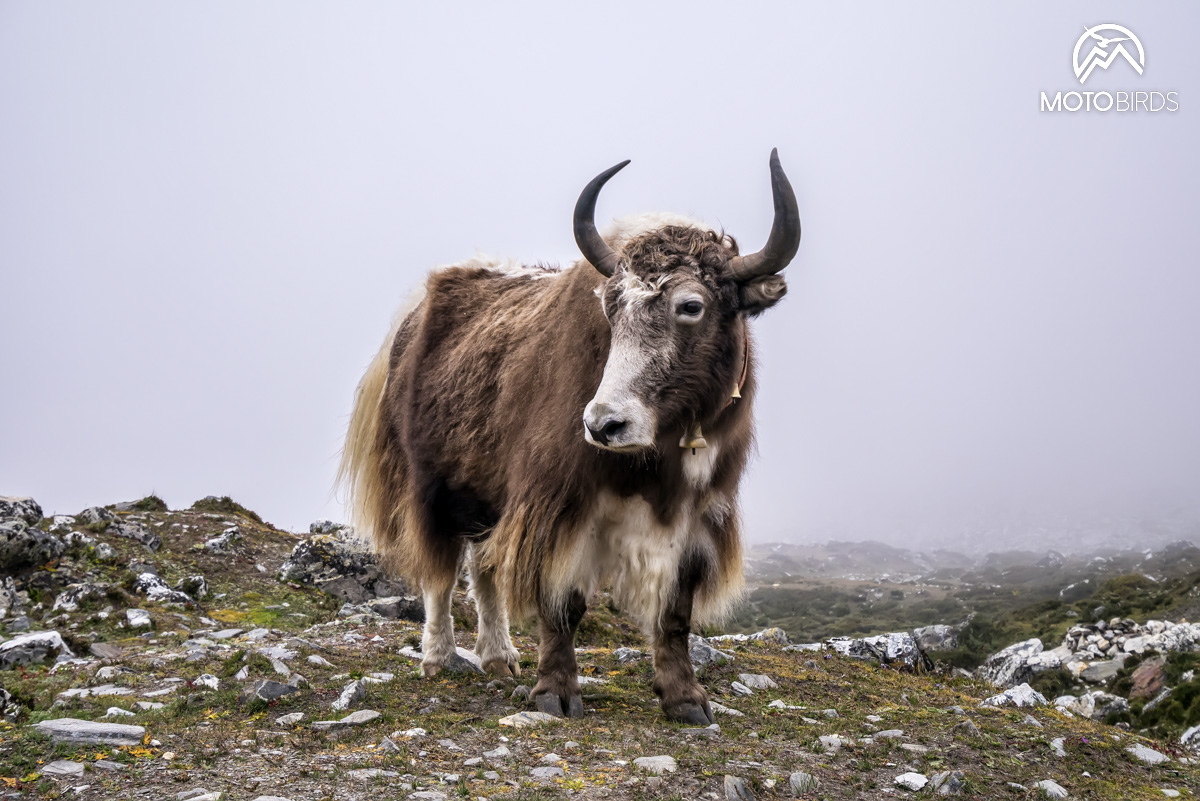
Is this the last chance to travel back in time?
Using the Kingdom of Mustang as an example, we can see what happens in a country that suddenly begins to accelerate. The constant influx of tourists is causing Mustang to change at a rapid pace. The local people, while trying to preserve their culture and traditions, at the same time want to break out of backwardness and poverty.
More and more imported stuff is found and the increased tourism also has a price. While life got easier for some, Mustang is also confronted with common problems: plastic is a problem, extreme poverty has appeared and inflation is squeezing the income of most. On the positive side, the new infrastructure and new roads carry the promise of less poverty in the future.
Mustang is a remarkable place. It’s hard to know how long local traditions and culture will survive. We are glad that on our expeditions, including but not limited to the Forbidden Kingdom of Mustang, we can take riders to places that are still “real”. If you’re one of those that happen to believe Neuschwanstein Castle was inspired by the Cinderella cartoon, this tour might not be for you… On the other hand, if you want to live something authentic, see the real thing, have the chance to go within maybe: come and live in the world – with MotoBirds!
